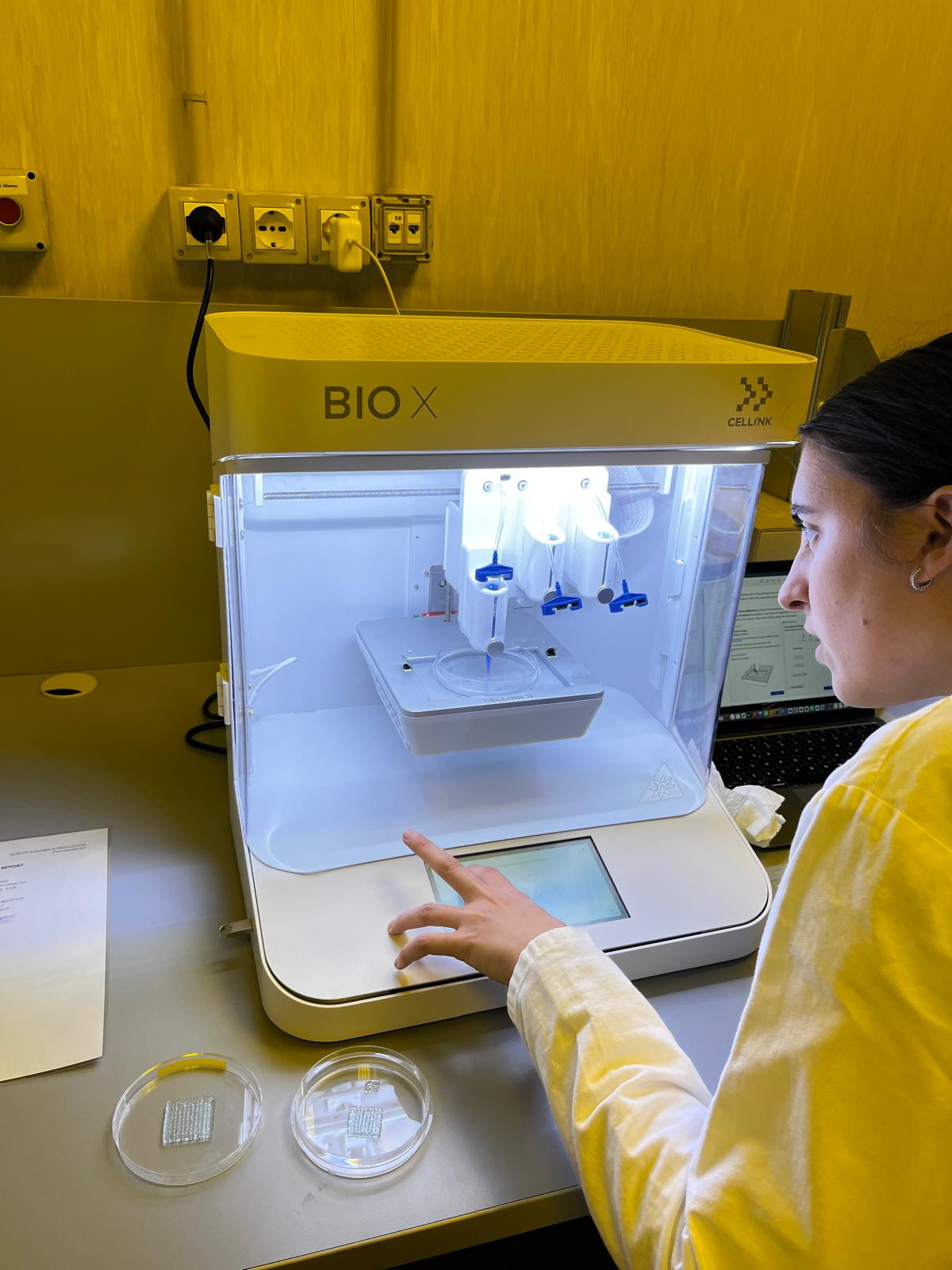BioEngineering
The Bioengineering Facility uses advanced technologies and mechanical methods based on rheo-optical and interfacial measurements to study biomedical systems. One example of a rheo-optical technique is ektacytometry, which measures cell deformability when subjected to mechanical stress induced by flow. This method is useful for diagnosing pathologies related to altered red blood cell elasticity at different levels of osmolarity. Additionally, the facility tests the viscosity and elasticity of biological fluids, including blood, plasma, mucus, and seminal fluid.
The facility is also equipped with microfluidic technologies that allow for the analysis of biological samples in smaller quantities than traditional methods. Regarding interfacial properties, analyses are conducted to evaluate the adsorption of substances on different substrates and study their biocompatibility.
Finally, the facility supports the development of technologies for biomedical applications.
EQUIPMENT
- LORRCA MaxSis Osmoscan Ektacytometry
- Bioprinter BIOx-CELLiNK
- PHANTOM V711-MS high-speed color video camera connected to a Zeiss Cell Observer microscope
- Anton Paar - Physica MCR 301 rotational rheometer
- Fujifilm Dri-Chem NX600 biochemical analyzer
- Clean room for soft lithography




SERVICES
- Ektacytometry investigations on blood samples, possibly accompanied by hematological parameter measurements performed using a biochemical analyzer.
- Rheological investigations on biological fluid samples.
- Image acquisition using a high-speed color video camera.
- Quantitative image processing to accompany rheological and microfluidic tests.
- Evaluation of interactions between biological fluids and natural and artificial substrates.
In addition to providing diagnostic and research services, the facility is open to collaborating with companies and spin-offs to develop and validate biomedical technologies.

